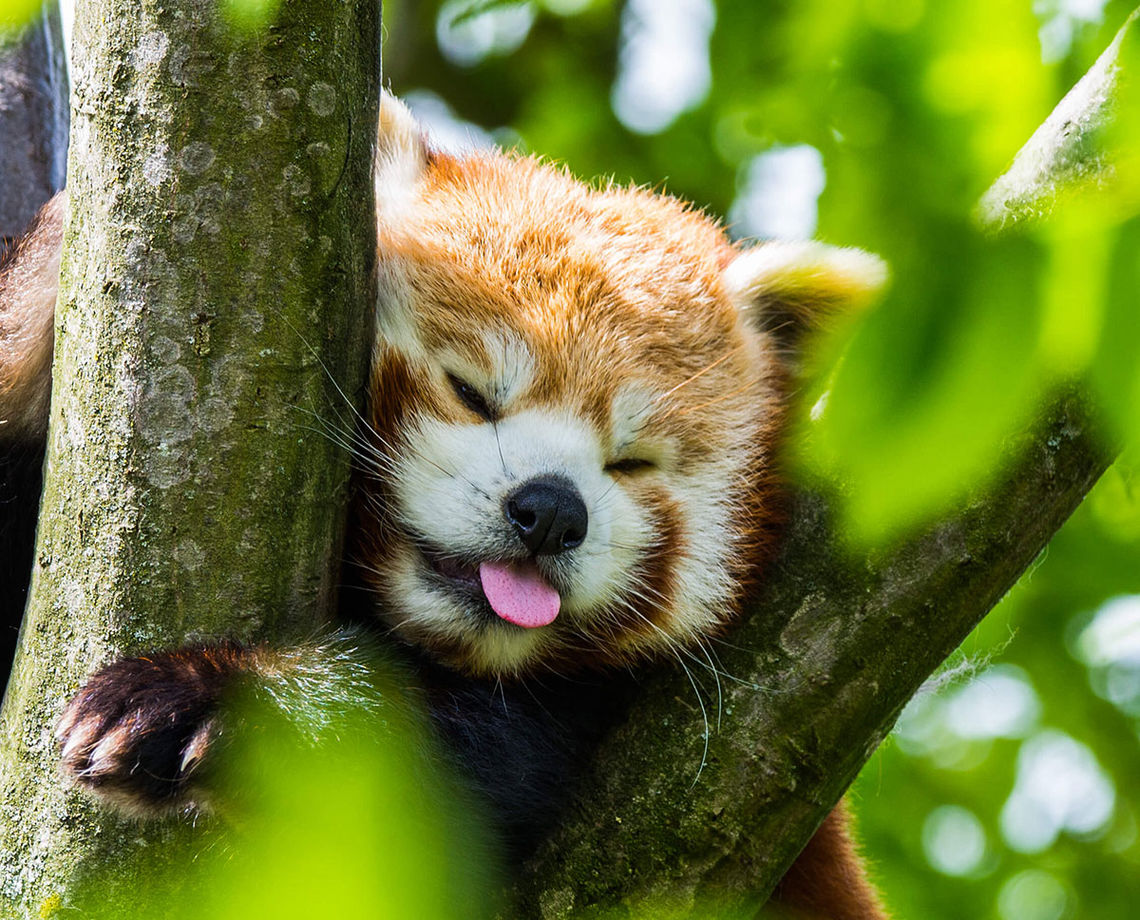
Vienna ZOO
The ZOO in Vienna is situated in the centre of the extensive Schönbrunn Palace park visit to which is also a great experience. The ZOO covers the area of 17 hectares and more than 8,500 animals live here. You can find there a lot of hidden places, attractions, food stands, interesting places and relaxing zones, so your trip to ZOO Vienna will take you almost whole day. Read our practical guide that will make your earliest visit easier.
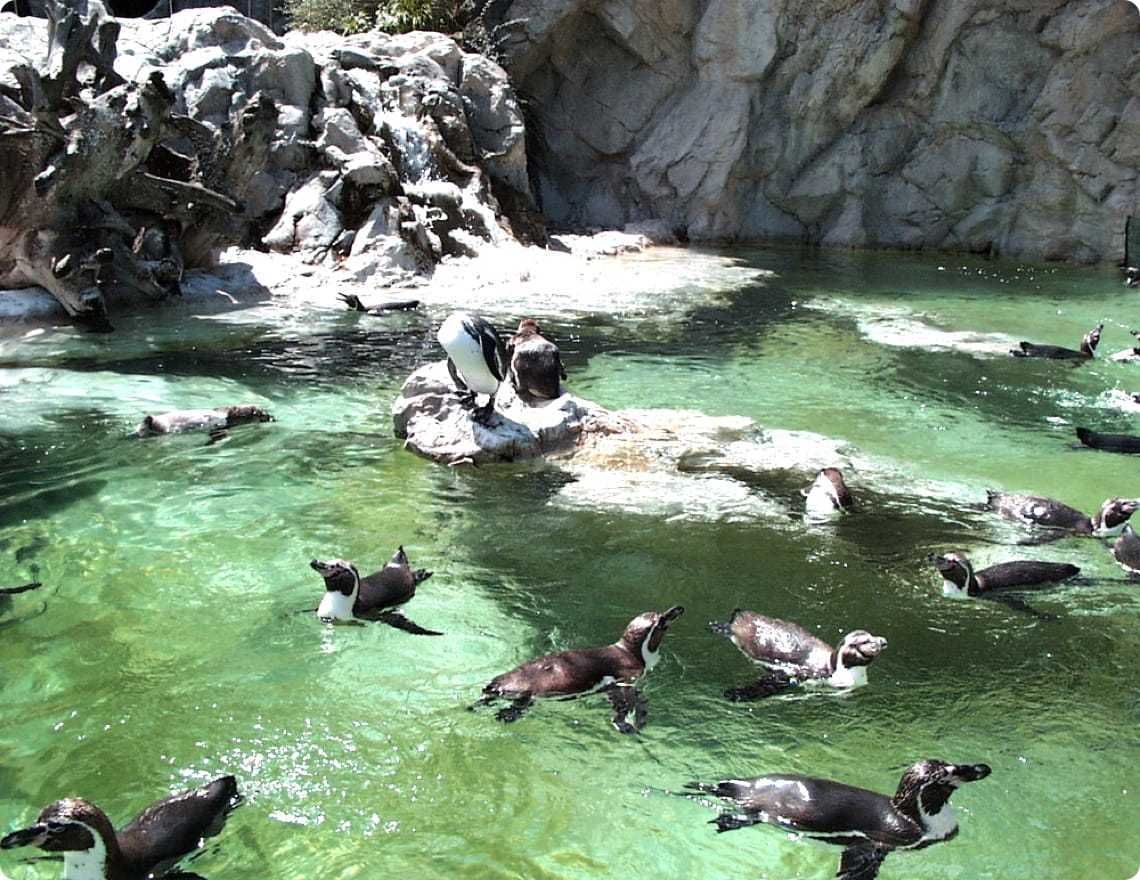
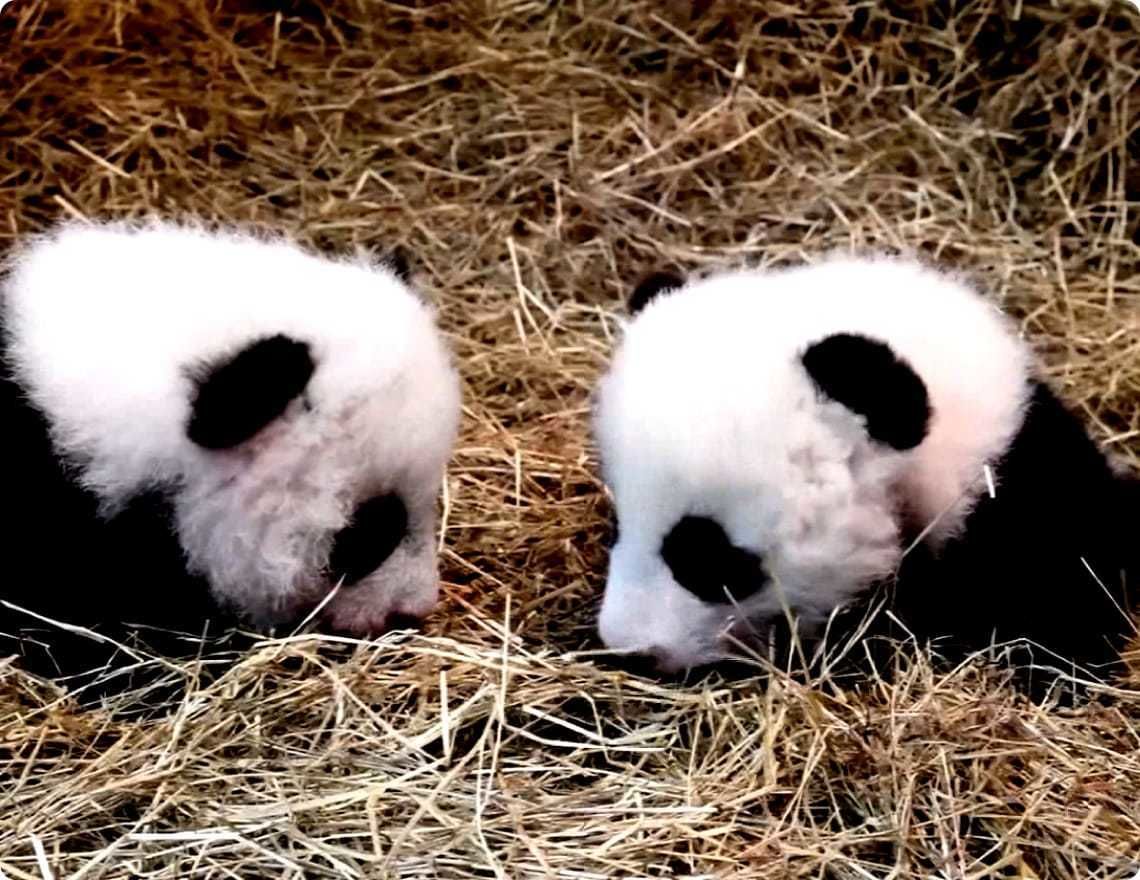
Entry fee and opening hours
The ZOO is open 365 days in a year, also during all bank holidays. The only thing you need to check is the change of the opening hours according to individual months (closing hours change).
| Month | Time |
|---|---|
| January | 9:00 – 16:30 |
| February | 9:00 – 17:00 |
| March | 9:00 – 17:30 |
| April – September | 9:00 – 18:30 |
| October | 9:00 – 17:30 |
| November – December | 9:00 – 16:30 |
Most pavilions close thirty minutes before the end of the opening hours but there are some exceptions. The bird pavilion, for example, closes an hour before the gates close while the aquarium and terrarium pavilions are open until the end of the opening hours.
Tickets to ZOO Vienna are available at the entrance to the site or online in advance. When buying the tickets online, don’t forget to print the tickets, the ZOO employees will ask you to show them. The last entry is possible thirty minutes before the end of the opening hours, which has been announced, for more than 200 years, by an emperor bell that was used, in the past, to announce the Emperor’s arrival.
What are the entry fees?
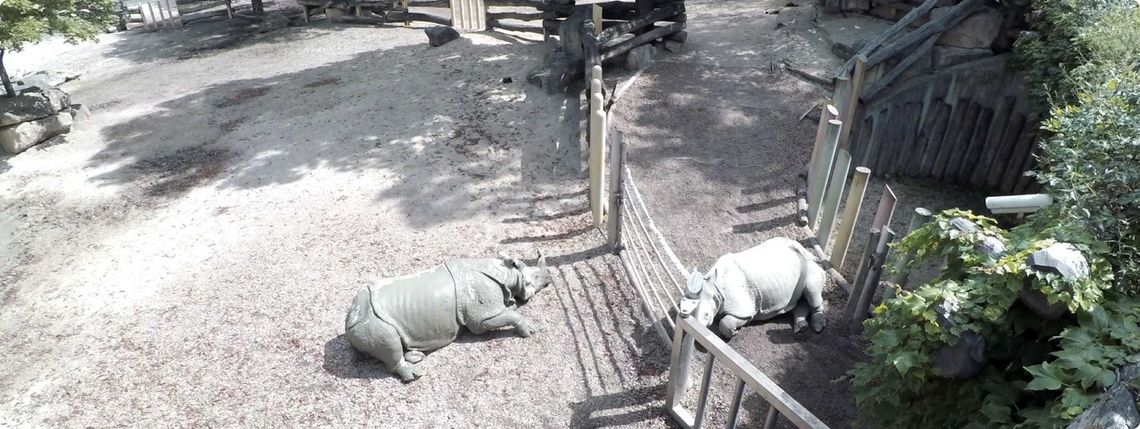
Look forward for seals, polar bear or giant panda!
No doubt the giant pandas are one of the biggest attractions of the Vienna ZOO. In 2016 their breeders managed to reproduce them naturally and, on 7 August, Yang Yang delivered two little pandas.
However, pandas are certainly not the only attraction worth seeing. The ZOO is home to more than 700 animal species from insect to African Elephants. Apart from giant pandas, you can also come to see red pandas, lions, tigers, pelicans, rhinos, arctic wolves, penguins, seals, exotic fish and birds or even jelly fish and polar bears.
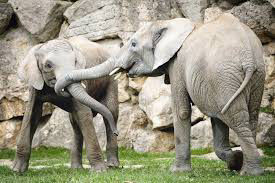
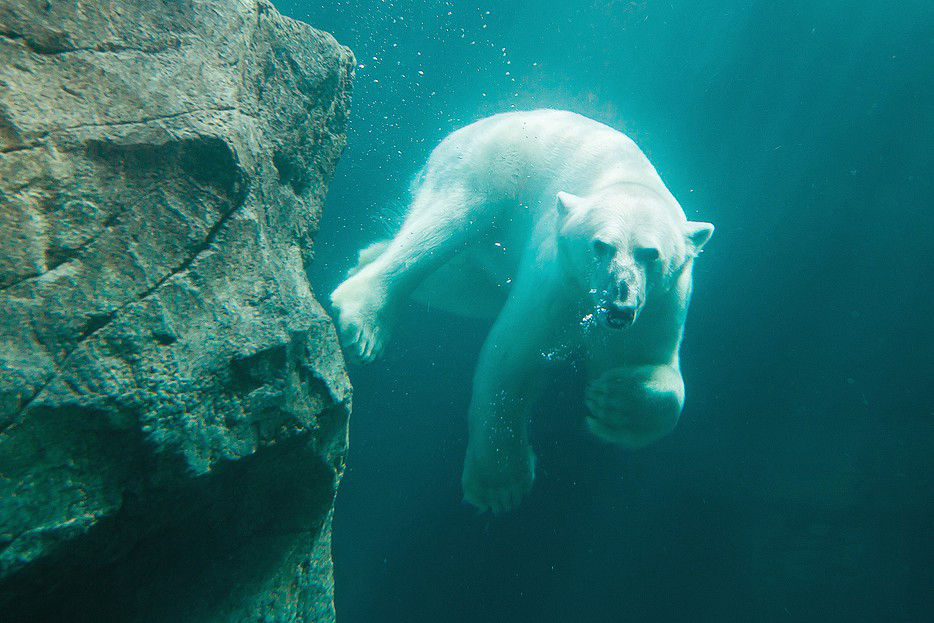
How to get to the ZOO?
Attractions in ZOO Vienna
Neither children, nor adults or even the older ones will be bored in the Schönbrunn ZOO. The most interesting attractions are, for example, the thematic pavilions such as “Regenwaldhaus”, where you can experience the right rainforest atmosphere, “Wüstenhaus” with animals and plants from desert regions or “Polarium” with penguins and seals.
In the centre of the ZOO, there is the historic Emperor’s pavilion form the 18th century where animals in their yards can be observed directly from the terrace. You can also find there thematic restaurants, for example Tirol Garden, where you can enjoy delicacies of the Tirol cuisine in the shadow of trees.
For the ZOO visitors, commented animal feeding is also a great experience which often means the only opportunity for you to see a specific animal. The ZOO has a fixed feeding timetable you can check in advance online to prepare a plan for everything you want to see. Flyers with the times of the commented feeding are also available at the cash registers at the entrance.
It’s normally not allowed to touch the animals but you can enjoy a closer contact with them in the Contact ZOO.
From 10am to 6pm, a yellow panoramic train runs across the ZOO that will take you from the Emperor’s pavilion to the Tirol Yard for €2 for adults and €1 for children.
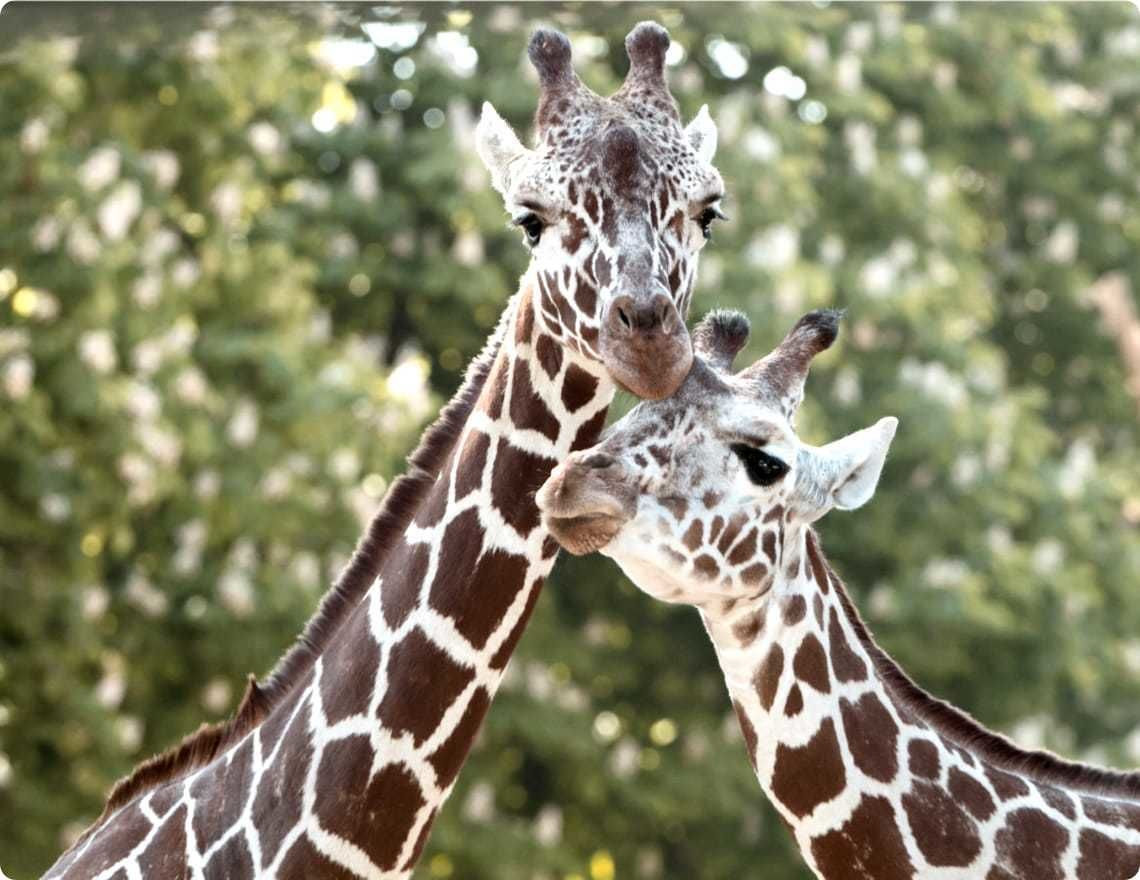
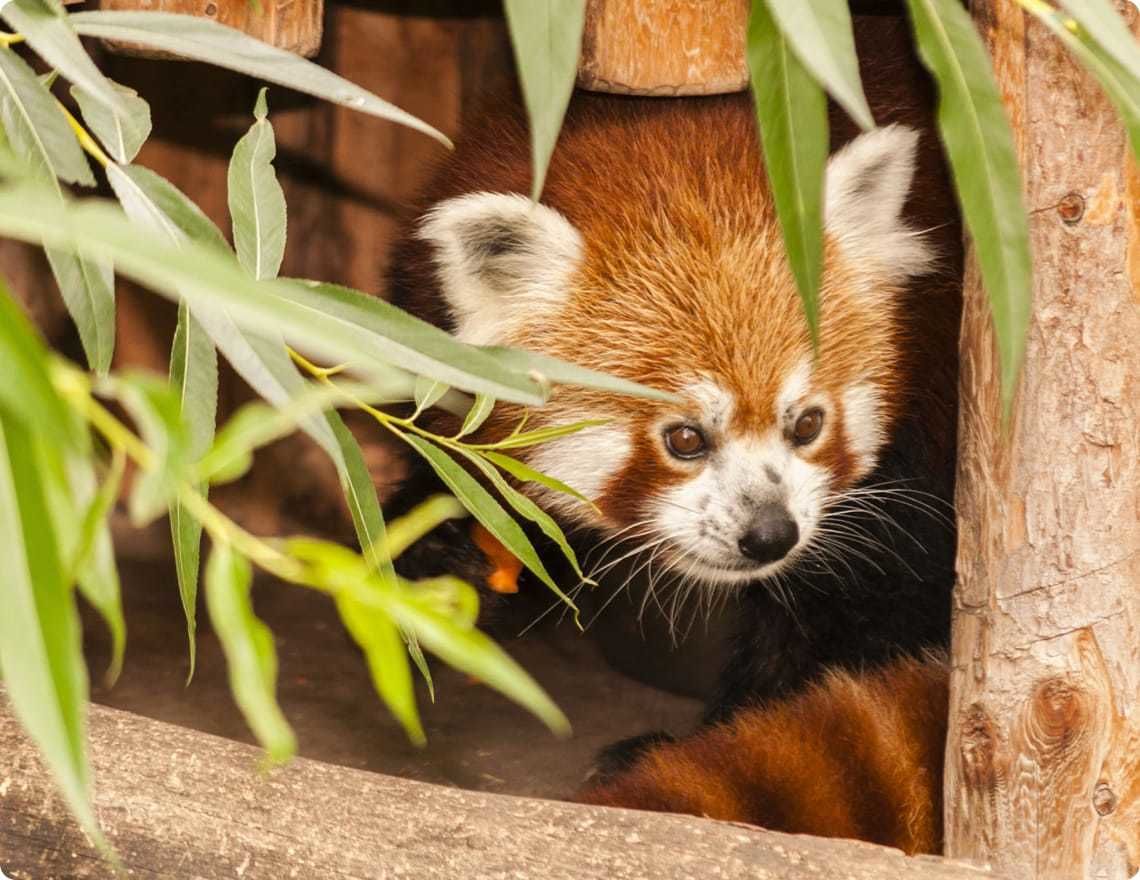
The history of the ZOO
The Vienna ZOO is the oldest ZOO in the world. It was founded in 1752 by Emperor Francis I of Lorraine, the husband of Maria Theresa, who brought his valuable collection of exotic animals to Vienna after the wedding. The ZOO was first accessible only to the Emperor’s family but, 26 years after its opening, he made it accessible also to the public.
After the death of Francis I, the small collection of the animals in the ZOO was extended by his son Joseph II. He brought mainly different carnivores Francis I avoided for their smell.
The Vienna ZOO is interesting, for example, for the fact that, in 1906, the first elephant was born here in captivity within Europe and that, in 2013, the breeders managed to artificially fertilise an elephant using frozen sperm. In 1828, the giraffe occurred here for the first time, that, surprisingly, inspired the Viennese in the hairstyle fashion.
The Vienna ZOO plan is available on the official website in English.
